We’ll increase conversions by
20-100+%
on your website.
Get a FREE Audit today
See how we can help your business increase conversion rates
The Power Of Psychology In Pricing: How To Effectively Engage Customers
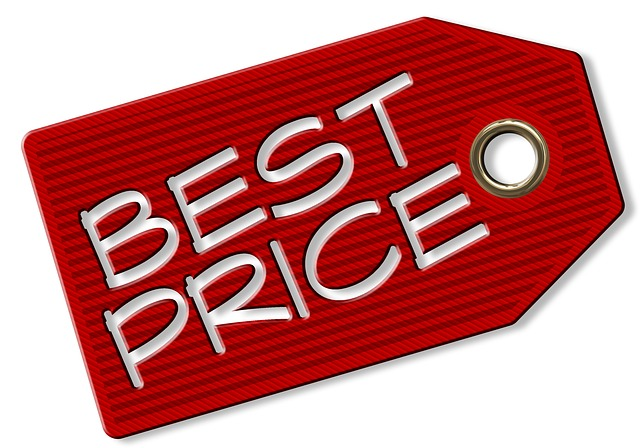
Introduction
Pricing has a profound effect on consumer behavior, often playing a crucial role in their purchasing decisions. By harnessing the power of psychology in pricing, businesses can effectively engage customers and drive sales.
In this blog post, we will explore the fascinating world of psychological pricing strategies and delve into how understanding customers’ emotions and perception of value can substantially influence their buying choices.
Understanding Psychological Pricing Strategies
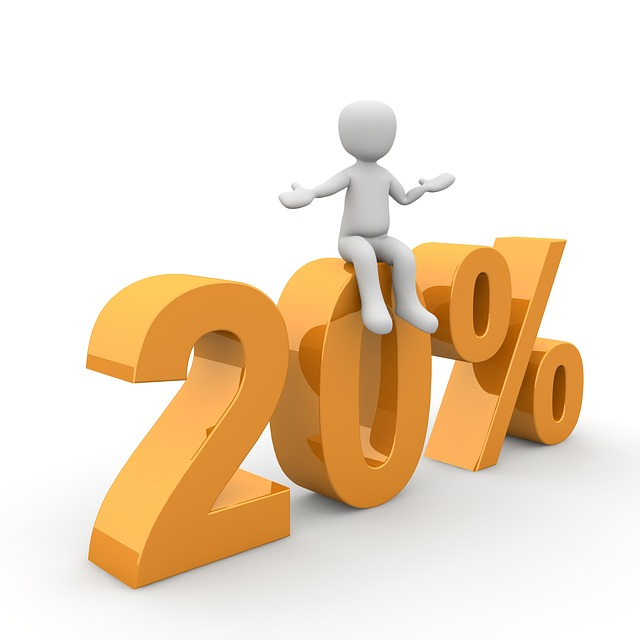
Learn the top 5 effective psychological pricing strategies and examples of successful implementation to help you effectively engage customers and increase sales in your business.
The Importance Of Psychology In Pricing
The significance of psychology in pricing cannot be overstated, as it plays a crucial role in how customers perceive the value and affordability of products or services. By understanding the psychological principles that influence consumer behavior, businesses can tap into their customers’ emotions and thought processes to craft effective pricing strategies that encourage higher spending.
One example that highlights the psychological impact of the psychology of pricing is Apple’s introduction of its iPhone X back in 2017. The tech giant priced this premium product at an astonishing $999 – which was perceived by many as expensive yet intriguingly close enough to a threshold ($1000).
This strategic pricing decision capitalized on consumers’ tendency to avoid round numbers when evaluating prices and led to increased sales for the iPhone X.
Top 5 Effective Psychological Pricing Strategies
Understanding the power of consumer psychology in pricing is crucial for businesses looking to engage customers and drive sales. Incorporating these top 5 effective psychological pricing strategies can help influence consumer behavior and optimize your pricing strategy:
1. Charm Pricing: Also known as odd even pricing or magic number pricing, this strategy involves setting prices slightly below a round number (e.g., $9.99 instead of $10). The left digit bias plays a significant role here, as customers perceive these prices to be significantly higher prices lower than their actual value.
2. Price Anchoring: Presenting a higher-priced product alongside a more affordable option creates price appearance of an anchor price, leading customers to perceive the lower-priced item as a better deal. This technique is often used in tiered or bundle pricing structures in retail stores.
3. Decoy Pricing: Introducing decoy pricing as a third option with less desirable features or benefits can make the middle offering seem more valuable compared to the other two choices, ultimately driving sales toward that preferred option.
4. Exclusivity and Urgency Tactics: Creating limited-time offers or products available only to certain customer segments can increase perceived value, encouraging potential customers to purchase quickly in order not to miss out on exclusive deals.
5. Simplify Pricing Structures: Complex or confusing pricing structures can deter customers from making purchases. By simplifying your pricing structure and clearly communicating the value proposition of each offering, you facilitate easier decision-making for potential buyers, leading to increased sales conversion rates.
Examples Of Successful Psychological Pricing
Successful psychological pricing strategies have been employed by numerous well-known brands and retailers, proving their effectiveness in influencing consumer behavior. One notable example is Apple’s consistent use of charm pricing for its products.
Another great example is the fashion retailer J.Crew’s unique approach to odd prices and price endings within their catalogues. By using non-traditional price endings like .99 or .49 (e.g., selling items at $78 instead of $79.99), J.Crew establishes a perception of exclusivity and eliminates the common association with discount stores that use traditional odd prices ending pricing methods.
Additionally, restaurants are known for utilizing menu layouts and “decoy” item placement to influence purchasing decisions towards higher-priced dishes while maintaining a sense of value for money among consumers.
Implementing Psychological Pricing In Your Business
Psychological pricing can be a powerful tool for increased customer demand and increasing sales and revenue. Here are some steps to implement psychological pricing strategies in your business:
1. Identify your target audience: understanding the demographics, psychographics, and behaviors of your target audience is crucial in creating effective psychological pricing strategies.
2. Establish pricing objectives: determine what you want to achieve with your pricing strategy, such as increasing sales volume or profit margins.
3. Choose the best pricing strategy for your business: there are various types of psychological pricing strategies, including odd-pricing, bundle-pricing, and value-based pricing. Choose one that aligns with your objectives and target audience.
4. Set the right price points: use research and data analysis to determine the optimal price points that will appeal to customers while also maximizing profits.
5. Test and experiment with pricing: continuously monitor and analyze customer behavior to adjust and improve your pricing strategy based on what works best for your business.
By following these steps, you can effectively implement psychological pricing strategies that will help increase customer engagement, drive sales, and improve revenue for your business.
Psychology Of Customers’ Behavior In Pricing
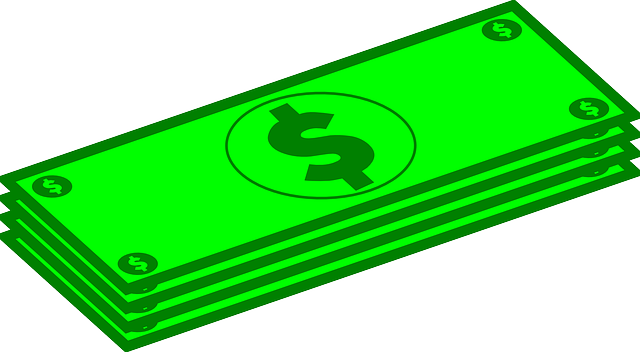
Understanding the psychology behind customers’ behavior in pricing is crucial for businesses to effectively engage them and increase sales.
The Role Of Emotional Triggers In Customer Behavior
When it comes to pricing strategies, understanding the emotional triggers that influence customer behavior is key. Customers often make purchasing decisions based on their emotions rather than rational thinking, which means businesses need to tap into those emotions in order to effectively engage with customers.
For example, let’s say a clothing retailer offers a limited-time discount on a popular item. This promotion taps into the FOMO trigger by creating a sense of urgency and scarcity around the sale.
It’s important for businesses to identify these emotional triggers in their target audience in order to create effective marketing campaigns that resonate with customers on an emotional level.
Perception Of Value And Price Sensitivity
Customers’ perception of value plays a crucial role in their price sensitivity. A good deal or product that is perceived as valuable may justify a higher price point, while a good deal on a less valuable item may require a lower price to entice buyers.
For example, luxury goods are often priced higher due to consumers’ perceptions of exclusivity and prestige associated with owning them. On the other hand, big discount- stores like Walmart and Target use low prices as a way to appeal to budget-conscious shoppers who prioritize affordability over brand names or status symbols.
The Influence Of Social Norms And Context
Social norms and context have a significant impact on consumer behavior in pricing. People’s purchasing decisions are often influenced by what they perceive as appropriate or expected within their social circles.
Additionally, the context in which a product is presented can affect how customers view its value. A study found that participants were willing to pay more for a bottle of wine when it was presented alongside expensive dishes compared to cheaper ones.
Therefore, businesses looking to effectively engage customers through psychological pricing should carefully consider the social norms and context surrounding their products.
The Impact Of Anchoring And Framing
The anchoring effect is a powerful psychological phenomenon that refers to the tendency of people to rely heavily on the first piece of information they encounter when making subsequent decisions.
This cognitive bias influences how customers perceive prices, value, and quality. For example, a product priced at $100 may seem expensive until it is compared with a similar product priced at $150, which makes it appear like a bargain.
Framing is another psychological pricing tactic that also influences customer behavior by presenting information in different ways to create different perceptions about the same price, product, or service.
Applying Psychology To Pricing Strategies

Identify your target audience, establish pricing objectives, choose the best pricing strategy for your business, set the right price points, and test and experiment with pricing to ensure that you are applying psychology to pricing strategies effectively.
Identifying Your Target Audience
Before choosing the best pricing strategy for your business, it’s important to identify your target audience. Understanding their behavior and needs makes it easier to apply psychological pricing tactics effectively.
For example, a luxury goods retailer may appeal to an affluent customer base by using higher price points and highlighting exclusivity.
By analyzing data such as purchase history and demographic information, businesses can better tailor their pricing strategies to attract and retain customers. This knowledge also helps companies anticipate customer reactions to new prices or products, allowing them to make informed decisions about future pricing changes.
Establishing Pricing Objectives
Before implementing psychological pricing strategies, it is essential to establish clear pricing objectives. This involves setting goals for revenue and profitability while also considering customer value and satisfaction.
Businesses can use different pricing objectives, such as maximizing profits or increasing market share.
It is crucial to analyze the target audience’s buying behavior to determine the best pricing strategy that aligns with established pricing objectives. By understanding customer needs and preferences through data analysis and surveys, businesses can offer customized products at attractive price points that engage customers effectively.
Choosing The Best Pricing Strategy For Your Business
To effectively engage customers, it’s important to choose the right pricing strategy for your business. Here are some tips to help you decide:
1. Identify Your Target Audience: Know who your customers are and what they value.
2. Establish Pricing Objectives: Determine what you want to achieve with your pricing strategy, such as maximizing profits or increasing market share.
3. Compare Different Pricing Strategies: Consider the advantages and disadvantages of each pricing strategy and how they align with your business goals.
4. Set the Right Price Points: Use data and research to determine the sweet spot for pricing that will both appeal to customers and generate enough revenue for your business.
5. Test and Experiment with Pricing: Monitor customer behavior and adjust prices accordingly, taking into account factors such as seasonality, competitor activity, and market fluctuations.
Remember, choosing a pricing strategy is not a one-size-fits-all approach. It should be tailored to meet the needs of your business and target audience while also remaining competitive in the market. By using these tips in conjunction with psychological pricing tactics, you can effectively engage customers and drive sales for your business.
Setting The Right Price Points
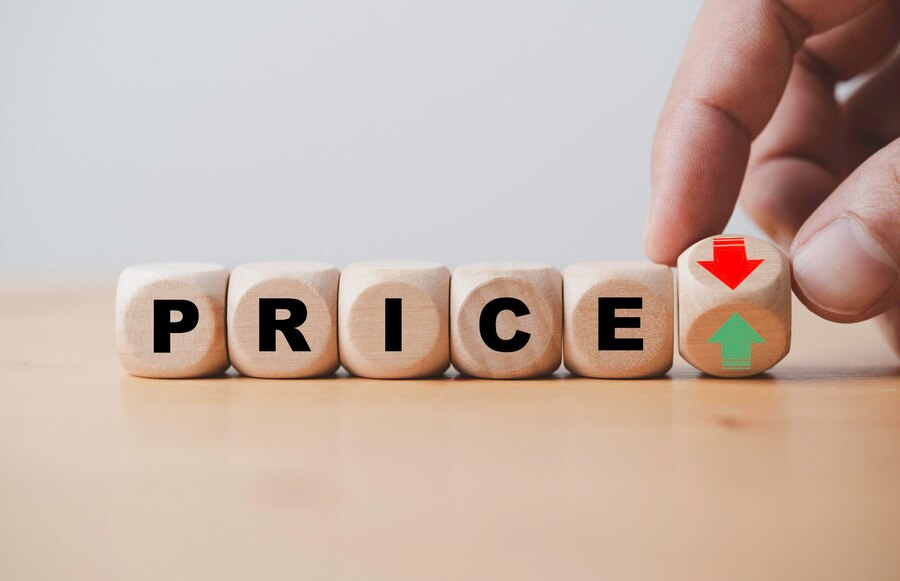
To set the right price points, businesses must first identify their target audience and establish pricing objectives. Choosing the best pricing strategy for your business is crucial and should be based on various factors such as industry standards, competition, and customer behavior.
After deciding on a pricing strategy, determining the appropriate price point is equally essential. A good practice in setting price points is to consider both cost-based and value-based approaches.
It’s important to note that testing and experimenting with different prices can help companies find the sweet spot that maximizes profits without turning away potential customers.
Pricing tactics like tiered pricing, bundle packages, discounts, and limited-time offers can also be effective in attracting customers while maintaining profitability.
Testing And Experimenting With Pricing
To ensure that your psychological pricing strategy is effective, you need to test and experiment with different psychological pricing methods and tactics. Here are some things to keep in mind as you do so:
1. Start small: Test a specific product or service with a small group of customers before rolling it out on a larger scale.
2. Use A/B testing: Testing two variations of pricing, one against the other, can help identify which one performs better.
3. Analyze customer feedback: Surveying customers about their reactions to different prices will give you valuable insights into what works and what doesn’t.
4. Be open to adjusting prices: Price optimization is an ongoing process, so don’t be afraid to adjust prices based on the data you collect.
5. Track metrics: Keep track of key metrics such as revenue and profit margins to ensure that any changes you make to your pricing are having the desired impact.
By testing and experimenting with pricing tactics, businesses can gain valuable insights into what works for their target audience, ultimately driving sales and increasing revenue.
Using Psychology To Engage Customers With Pricing Tactics

This section explores various pricing tactics that businesses can use to engage customers psychologically, such as odd and charm pricing strategies, urgency and exclusivity tactics, simplifying pricing structures, and creating scarcity to increase demand.
Odd And Charm psychological pricing strategy
Odd and charm pricing strategies are popular forms of the psychological pricing tactics that utilize the power of psychology to engage customers. These tactics involve using underlying human tendencies to create a perception of lower prices or better deals. Here are some key points about these so called charm pricing strategies:
– Odd pricing involves setting prices that end in an odd number (e.g., $49.99 instead of $50.00). This strategy creates the opposite effect of a perception of better value to customers because they perceive the actual price amount as being significantly lower than it actually is.
– Charm pricing, on the other hand, involves knocking the price ending a rounded dollar figure down by one cent (e.g., $9.99 instead of base price of $10.00). This tactic has been shown to increase sales and make products more appealing to customers.
– Both odd and charm pricing take advantage of the left-digit bias, which is a cognitive tendency for people to perceive the left-most digit as more important than other digits. Because customers tend to focus on price appearance and the left-most digit when evaluating prices, odd and charm pricing can be particularly effective.
– However, there are some potential downsides to using these pricing strategies. For example, if used too frequently or inappropriately, customers may begin to see through them and lose trust in your business. Additionally, these tactics may not work as well with luxury goods or high-end products.
Overall, odd and charm pricing strategies can be effective ways to attract customers and drive sales, but they should be used strategically and with care.
Bundle, Tiered, And Value-Based Pricing Techniques
Bundle, tiered, and value-based pricing are effective techniques used to engage customers and increase sales.
– Bundling involves offering two or more products together at a lower price than if purchased separately. This technique works well for complementary products that are often used together in everyday life.
– Tiered pricing offers different packages at various price points, where each package includes additional features or benefits from the previous level discounted price. This approach is commonly used in subscription-based services.
– Value-based pricing focuses on offering unique value propositions to customers by emphasizing the quality of the product or service compared to its competitors. This pricing method requires extensive market research to determine what customers value most.
Research has shown that bundle and tiered pricing can lead to higher revenue per transaction, while value-based pricing can attract and retain customers who are willing to pay a premium for high-quality products or services. However, it is important to test and experiment with different pricing strategies to find the optimal approach for your business.
Urgency And Exclusivity Tactics For Engaging Customers

Urgency and exclusivity tactics are essential psychological pricing strategies for engaging customers. Limited-time offers, countdown timers, and flash sales create a sense of urgency that encourages customers to make quick purchasing decisions.
For instance, Amazon Prime’s exclusive discounts and free two-day shipping have been instrumental in retaining existing customers while attracting new ones. Similarly, luxury brands like Louis Vuitton use exclusivity in their marketing campaigns by releasing limited-edition collections or collaborating with popular designers.
By implementing urgency and exclusivity tactics effectively, businesses can gain more recurring revenue from loyal customers while attracting potential ones through innovative marketing psychology techniques.
Simplifying Pricing Structures
A complicated pricing structure can be overwhelming for consumers, making them hesitant to make a purchase. Simplifying your pricing structure is key to attracting and retaining customers.
For example, Dropbox simplified their pricing by creating just two plans: basic and professional. This made it easier for users to understand what they were paying for and choose the plan that best fit their needs.
By simplifying your pricing structure, you can improve customer satisfaction and reduce confusion surrounding product value.
Creating Scarcity To Increase Demand
One effective way to increase demand for your product is by creating scarcity. This means making the product appear exclusive or limited in availability, odd even pricing, which can create a sense of urgency best value and exclusivity that motivates customers to take action.
Scarcity marketing relies on people’s tendency to perceive rare items as valuable, leading them to prioritize those products over others. By emphasizing the uniqueness or rarity of your offering, you can make it more appealing and desirable to potential customers.
However, it is important to use this tactic ethically and avoid misleading customers with false claims of limited availability.
Measuring The Impact Of Psychology-Based Pricing

To measure the impact and disadvantages of psychological pricing and psychology-based pricing, it is important to conduct A/B testing, gather customer feedback, and analyze and adjust prices accordingly.
The Importance Of A/B Testing
A/B testing is a crucial component of implementing psychological pricing strategies in your business. This method involves comparing two versions of something, such as different prices or pricing structures, to determine which one performs better with customers.
For example, a company might test two versions of its website: one with an odd-numbered price point and the other with an even number. Based on the results of the test, they may find that the odd number generates more sales because it appears less expensive in consumers’ minds due to left-digit bias.
With this knowledge, they could adjust their overall pricing strategy accordingly.
Gathering Customer Feedback

It’s crucial for businesses to gather customer feedback on their psychology-based pricing strategies in order to measure their effectiveness and make necessary adjustments.
This involves utilizing various methods such as surveys, focus groups, and online reviews to gain insight into the customers’ perception of value and price sensitivity. By analyzing this data, businesses can identify areas where their pricing strategy has been effective or needs improvement.
For example, a business may find that their discount-based pricing strategy is not as effective as they thought it would be because most customers prefer quality over low prices.
Understanding consumer decision-making processes and the role of customer satisfaction in marketing is crucial for businesses seeking to effectively implement psychology-based pricing and marketing strategies here.
Gathering customer feedback enables businesses to take these factors into account while making informed decisions about pricing structures and tactics. Effective customer engagement also involves utilizing psychological principles such as the “norm of reciprocity” to create an exchange with customers and incentivize them to participate in feedback surveys.
Analyzing And Adjusting Prices
To ensure the effectiveness of your pricing strategy, it is crucial to analyze and adjust prices accordingly. Here are some key steps you should take:
1. Monitor sales and revenue: Keep track of your sales statistics to identify any trends or changes in customer behavior that may affect your pricing structure.
2. A/B testing: Experiment with different pricing strategies by offering different prices to two groups of customers and comparing the results.
3. Gather customer feedback: Conduct surveys or focus groups to gather feedback from your target audience on their perception of your prices.
4. Analyze competitors’ pricing: Research what your competitors are charging for similar products or services and adjust your prices accordingly.
5. Adjust prices based on demand: Consider increasing prices during peak periods when demand is high and adjusting them downward during slower times to maintain sales volume.
By incorporating these steps in analyzing and adjusting prices, businesses can ensure that their pricing strategies remain effective, competitive, and aligned with customers’ expectations.
Ethics In Psychological Pricing
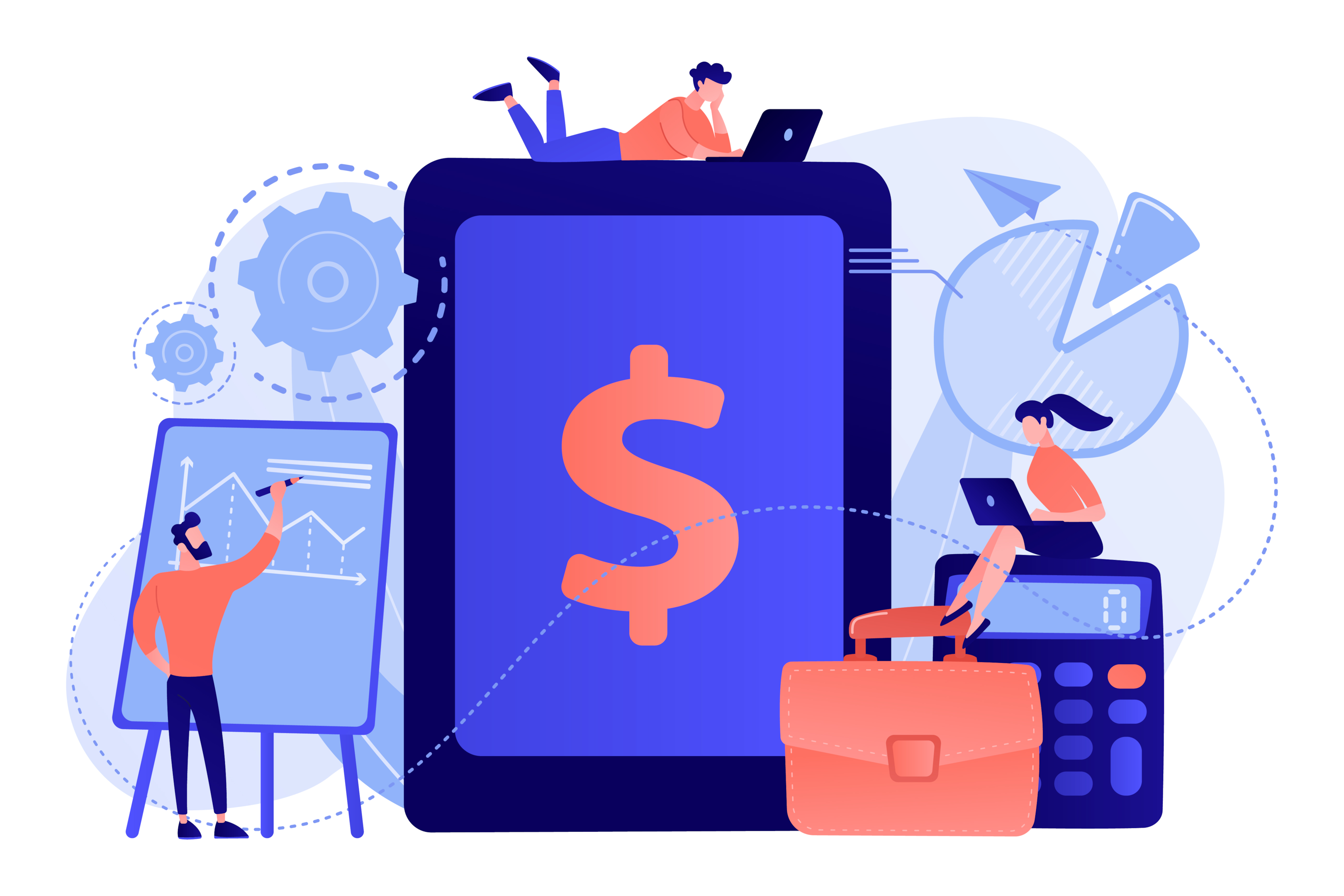
It is crucial for businesses to balance profit and customer value while maintaining transparency, avoiding deceptive tactics, and prioritizing fairness in their pricing strategies.
Balancing Profit And Customer Value
One key challenge in psychological pricing is balancing profit with customer value. While it’s important to generate revenue, businesses must also consider the fairness and transparency of their pricing strategies.
This involves creating a win-win situation where both parties benefit from the transaction. For instance, implementing tiered pricing can reward loyal customers with longer prices while offering new ones an opportunity to try your products or services at a lower rate.
However, ethical concerns arise when businesses use manipulative tactics with no regard for their consumers’ well-being. They may create artificial time constraints or mislead potential buyers by setting inflated base prices then running double discounting promotions that give the impression of big savings when there was none in reality.
Transparency and honesty are essential components of any pricing strategy; this includes avoiding deceptive tactics such as decoy pricing which deliberately creates price anchoring effects on product offerings that guarantee profitability but are not aligned to customer needs and expectations.
The Importance Of Transparency And Honesty In Pricing
In any psychological pricing strategy, transparency and honesty are fundamental principles that businesses should keep in mind. Customers can easily perceive dishonesty or manipulation when it comes to pricing, which can negatively impact brand reputation and customer loyalty.
For instance, if a business artificially inflates the price of a product only to advertise it as “discounted,” customers may feel cheated and distrustful of that brand.
On the other hand, transparent pricing that accurately reflects production costs can increase consumer trust and purchase intentions. When brands disclose their prices in an honest manner, they show consumers respect for their intelligence and acknowledge their right to make informed decisions about what they buy.
This approach also has potential positive effects on sales since customers appreciate being treated fairly by companies they do business with.
Avoiding Deceptive And Manipulative Tactics
When it comes to psychological pricing, it is important to strike a balance between driving sales and maintaining ethical business practices. Avoiding deceptive and manipulative tactics must be a top priority in any pricing strategy.
Transparency and honesty play critical roles in ethical psychological pricing. Customers today are more informed than ever before and can easily spot dishonest tactics such as hidden fees or misleading sale prices.
An excellent example of an honest psychological pricing tactic is offering bundles with genuinely discounted prices instead of simply jacking up individual item prices then advertising them as “bundle deals.” By demonstrating genuine concern for customer satisfaction, businesses can implement healthy psychology-based pricing strategies that drive sales while still remaining transparent in their approach other prices.
The Importance Of Fairness In Pricing
Fairness in pricing is a crucial element of any business’s product or service offerings. The price should strike a balance between the cost of production and what customers are willing to pay.
When prices appear unfair or unreasonable, it can lead to negative customer experiences, erode trust, and potentially damage your fine line and brand reputation.
For example, if two products have the same production costs but one is priced significantly higher than the other without any apparent justification, customers may feel they’re being taken advantage of.
This lack of transparency in pricing can cause irritation and encourage customers to seek alternatives that align with their perception of fairness.
Conclusion: Harnessing The Power Of Psychology of Pricing To Effectively Engage Customers And Drive Sales

In conclusion, pricing is not just about numbers. It’s about the psychology behind those numbers that can be used to effectively show shorter prices, engage more customers and increase sales.
Knowing your target audience, selecting the best pricing strategy for your business, and testing and experimenting with new price and points are essential steps in applying psychology-based pricing techniques.
However, it’s crucial also to consider ethical implications when implementing psychological pricing practices.
Taking advantage of all these considerations will go a long way towards creating fair-value exchanges between companies and consumers while achieving desired revenue goals.








